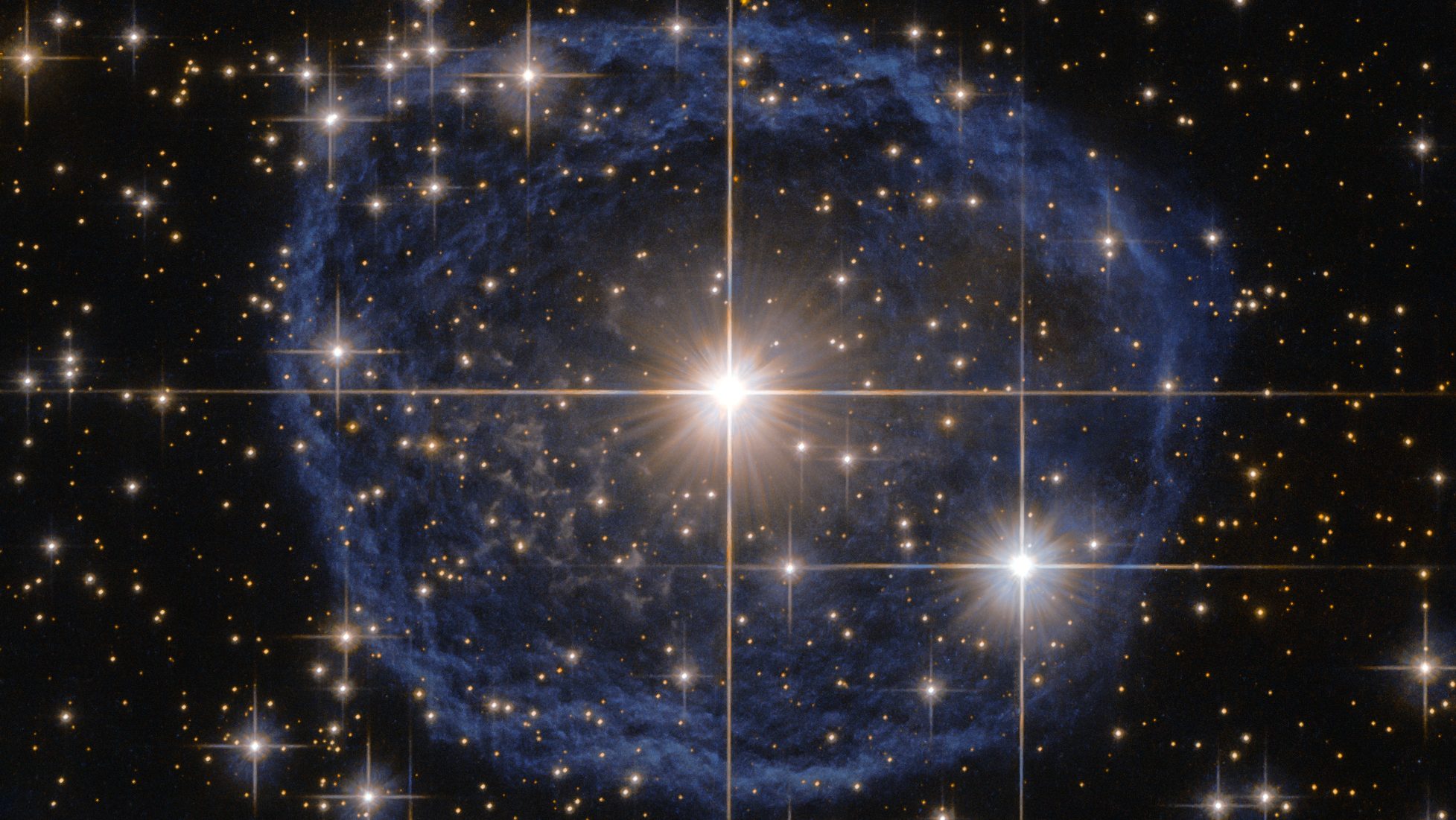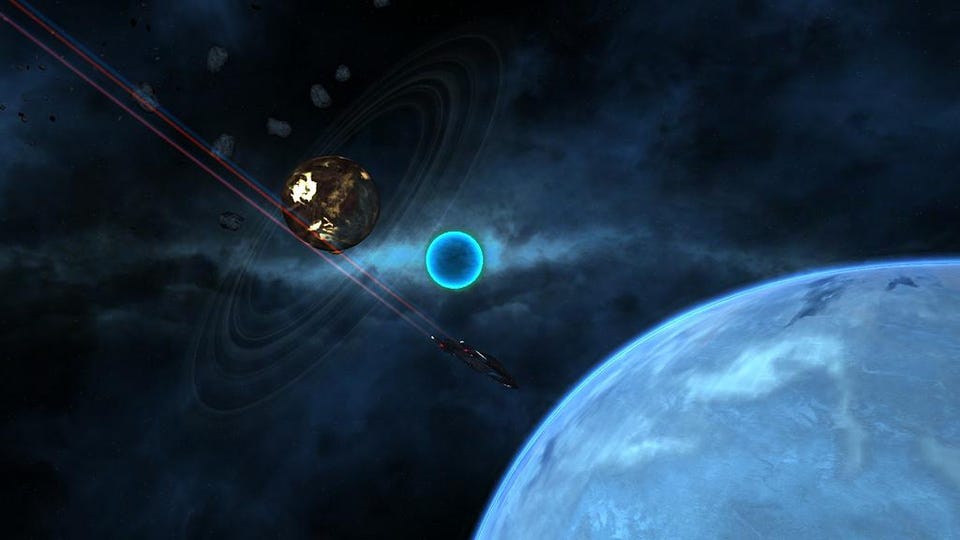How Shrimp Shells Could Help Save The Environment

What’s the Latest Development?
Scientists at Harvard’s Wyss Institute for Biologically Inspired Engineering have succeeded in creating a bioplastic that’s cheap to make and robust enough to be used in mass manufacturing of 3D shapes, such as toys, as well as in lighter-weight items, such as trash bags and diapers. “Shrilk” gets its name from shrimp shells — which contain chitin, a tough molecule also found in insects’ armor — and silk protein. Unlike current bioplastics, which do not fully degrade, shrilk breaks down in a matter of weeks and in doing so releases nutrients that encourage plants to grow.
What’s the Big Idea?
The dangers posed to the environment by conventionally-made plastics are well-known by now, and despite many attempts to change people’s habits, only a fraction of the plastic produced and used ever makes it to a recycling center. The search for environmentally healthier alternatives has intensified in recent years. Wyss director Donald E. Ingber says their new manufacturing method demonstrates that shrilk “can serve as a viable bioplastic that could potentially be used instead of conventional plastics for numerous industrial applications.”
Photo Credit: Shutterstock.com





